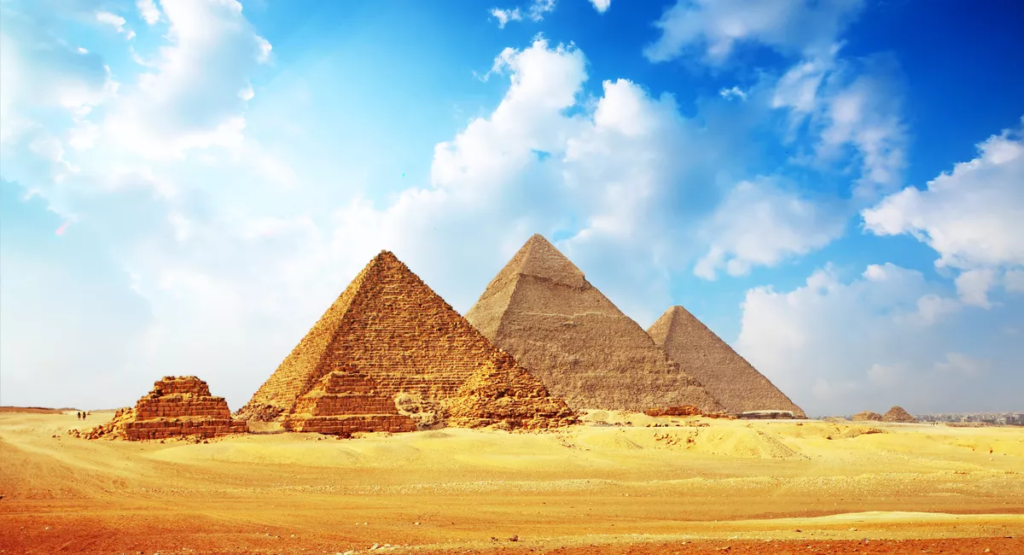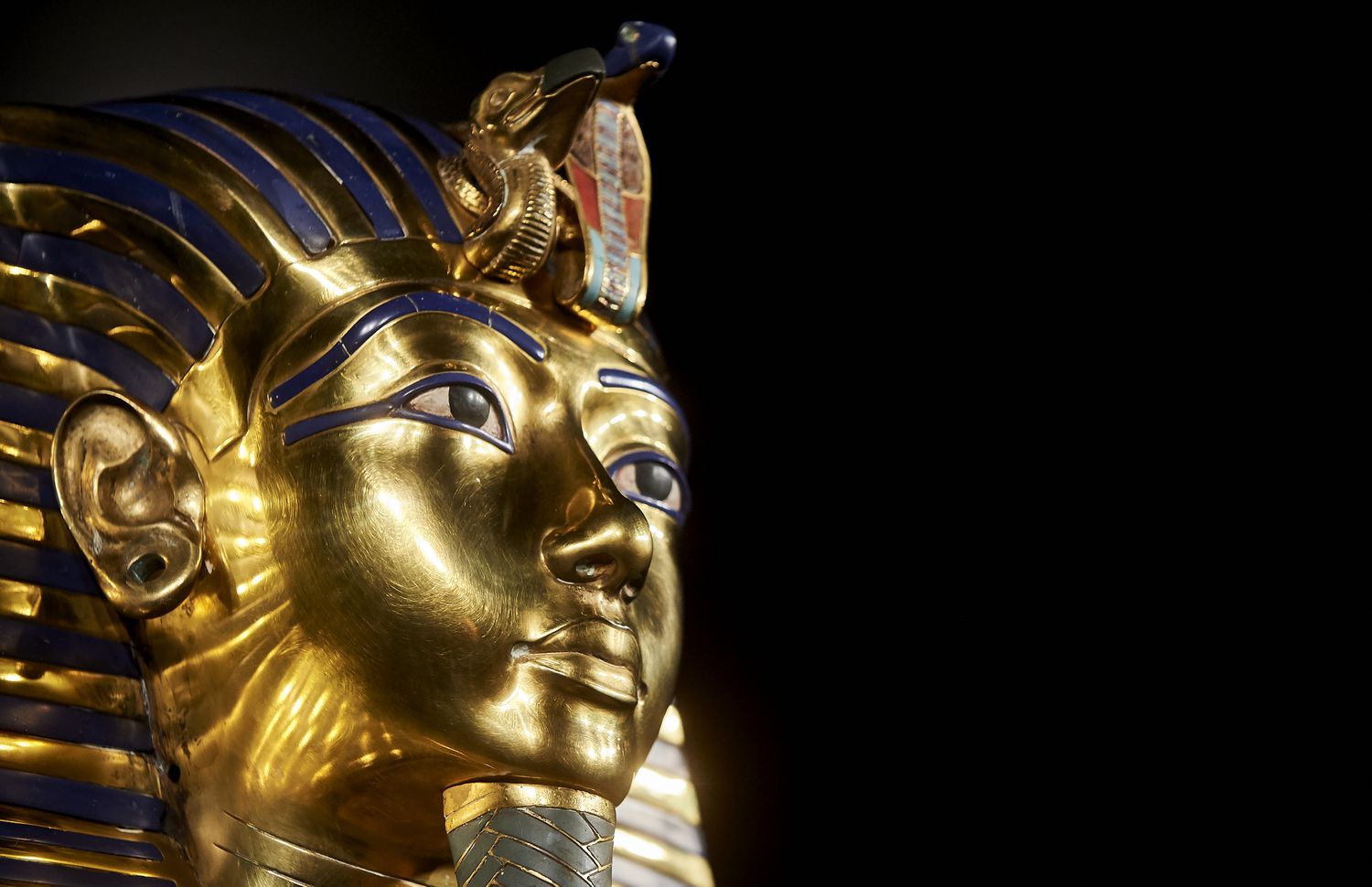
Welcome to our exploration of the Great Pyramids of Giza, an awe-inspiring testament to the ingenuity, craftsmanship, and cultural significance of ancient Egypt. Standing as majestic guardians on the outskirts of Cairo, these monumental structures have captured the imagination of people worldwide for thousands of years. In this blog post, we will delve into the history, construction techniques, and enduring legacy of the Great Pyramids, shedding light on their profound impact on the ancient world and beyond.
- Historical Context and Significance:
The Great Pyramids of Giza were built during the Old Kingdom period of ancient Egypt, primarily as tombs for the pharaohs. Constructed over a span of several centuries, they represent the culmination of architectural achievements during this era. The most famous pyramids at Giza are those of Pharaohs Khufu (Cheops), Khafre (Chephren), and Menkaure (Mycerinus).
These pyramids served as grand royal tombs, where the pharaohs’ bodies would be preserved and protected for eternity, accompanied by treasures and offerings to ensure their afterlife. The pyramids also symbolized the pharaoh’s divine power and authority, reflecting the close connection between the ruler and the gods.
- Architectural Marvels: Construction Techniques:
The construction of the Great Pyramids was a remarkable feat of engineering and organizational prowess. The pyramids were meticulously built using limestone blocks, quarried from nearby sites and transported to the Giza plateau.
The construction techniques employed were a testament to the precision and planning of ancient Egyptian architects. The blocks were precisely cut and fitted together, forming the pyramids’ distinctive triangular shape. The pyramid’s outer layers were once adorned with polished limestone, creating a dazzling, reflective surface that would gleam in the sunlight.
The sheer scale of the pyramids is awe-inspiring. The Great Pyramid of Khufu, for instance, originally stood at a height of approximately 146 meters (481 feet) and was the tallest man-made structure in the world for over 3,800 years.
- Cultural Legacy and Archaeological Significance:
The Great Pyramids of Giza hold immense cultural and archaeological significance. They provide invaluable insights into the beliefs, rituals, and technological capabilities of ancient Egypt. The hieroglyphic inscriptions found within the pyramids offer a window into the religious and funerary practices of the time, providing historians with valuable knowledge about ancient Egyptian civilization.
Moreover, the pyramids have become enduring symbols of Egypt, attracting millions of visitors each year. Their enigmatic allure continues to captivate and inspire awe, as they stand as testament to the enduring legacy of one of the world’s most remarkable civilizations.
- Preservation and Conservation Efforts:
Preserving these ancient structures is of paramount importance. Conservation efforts, both local and international, have been undertaken to protect and stabilize the pyramids. Measures such as reinforcing structures, monitoring environmental factors, and implementing visitor guidelines have been implemented to ensure their long-term preservation.

